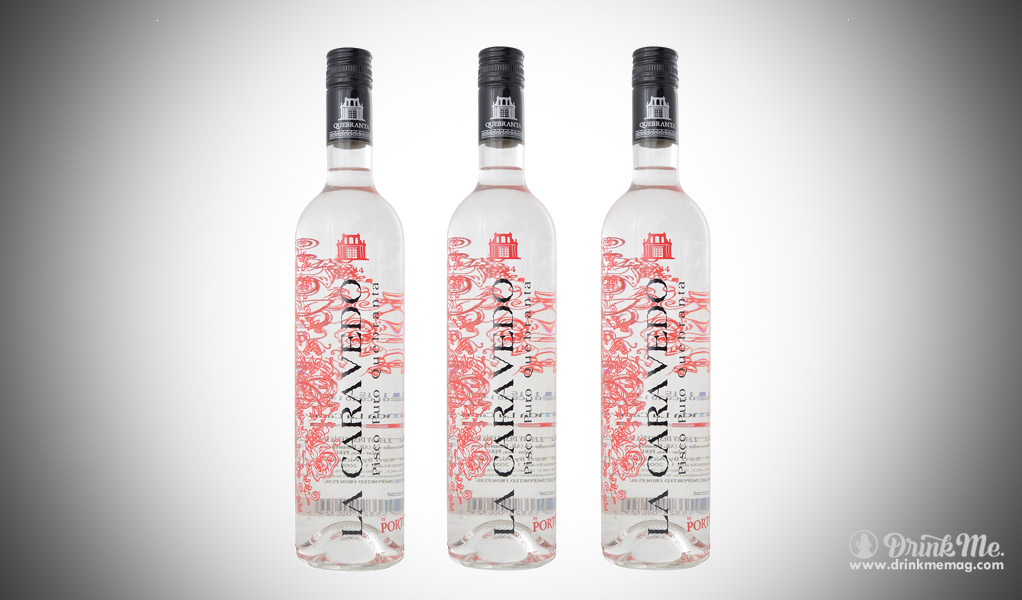Here’s some facts you probably didn’t know about Pisco Portón! What is pisco? Dating back to the 16th century with Denomination of Origin (meaning production must occur in a specific region under strict guidelines), pisco is a grape-based white spirit. How is it made? During distillation, pisco must be made in small batches in traditional copper pot stills. These are then left unaged or unaltered with no additives or flavorings. What’s in it? Pisco can only be created with at least one of eight specific grape varietals: Albilla, Italia, Mollar, Moscatel, Negra Corriente, Quebranta, Torontel and Uvina. Are there different types? Yes indeed, there are three types of pisco. Pisco puro is crafted from one of the allowed grape varietals, pisco acholado is made from two or more grapes, and pisco mosto verde refers to a specific process in which fermentation of freshly pressed grape juice is interrupted before distillation.

The number one exported Peruvian pisco introduces America to their newest expression – La Caravedo. Handcrafted in the pisco puro style, the chosen grape varietal is Quebranta, a non-aromatic grape found on the Peruvian coast and known its body and rich flavor. Each bottle of La Caraveda requires eight pounds of grapes and offers a unique touch to any cocktail. A few examples are listed below:
Available for $24.99 at key US markets










